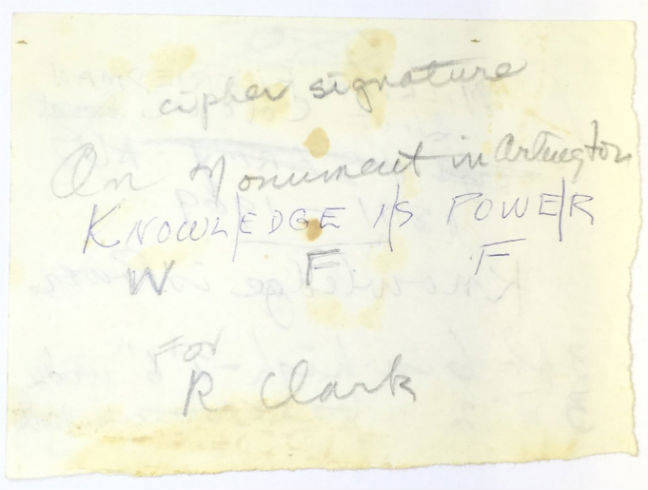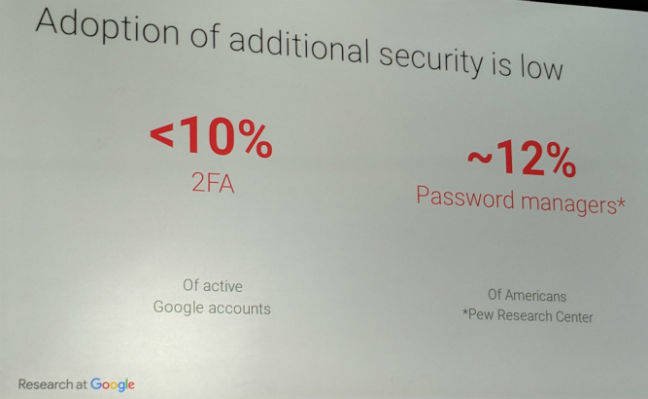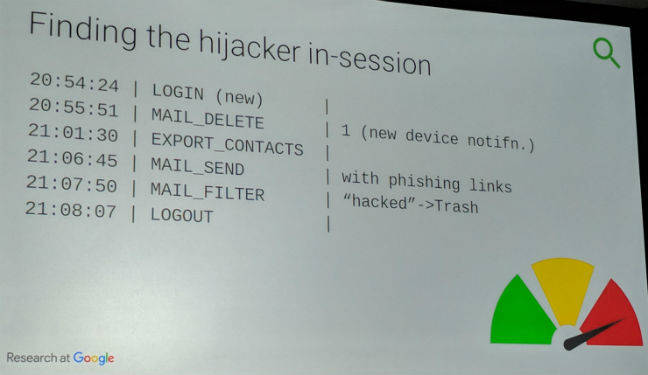Analysis The US Senate reauthorized a controversial NSA spying program on Thursday – and then, because it’s 2018 and nothing matters any more, embarked on a partisan battle over a confidential memo that outlines Uncle Sam’s alleged abuse of surveillance powers.
The so-called section 702 FISA snooping system, renewed this week, has been the focus of a multi-year campaign by a minority of lawmakers who are upset it has mutated from a foreign intelligence-gathering tool into a domestic spying program.
Despite numerous appeals, press conferences, competing legislation and speeches outlining abuse of the program, on Thursday a majority of senators ignored pleas for a proper warrant requirement to be added to the program – that would require the Feds to always go to a judge before searching the communications of a US citizen – and voted to continue the surveillance for a further six years.
With both the Senate and the House of Reps happy with the reauthorization, it’s now set to be signed off by President Donald Trump. As it stands, the NSA can snoop on foreigners’ communications and internet activity abroad as usual, and the FBI can request access to a database of that collected information. If the Feds need to pull up chatter and other records on American citizens – “incidentally” collected as part of that foreign intelligence gathering – they’ll need a warrant approved by a judge.
However, the agents won’t need a warrant if they are looking into…
Death, kidnapping, serious bodily injury, offense against a minor, destruction of critical infrastructure, cybersecurity, transnational crime, and human trafficking
…which are basically the crimes the FBI investigates. Ergo, it’s unlikely the Feds will seek warrants to search the NSA’s section 702 data stores for stuff on American citizens.
Politics
Just hours after the section 702 program was given the final green light before the president can sign on the dotted line, the Senate’s intelligence committee approved the release of a confidential four-page memo alleging previous abuse of the FISA spying program to the rest of Congress. The public is unable to see it.
The mysterious missive was drafted by House intelligence committee chairman Devin Nunes (R-CA), and of course it could be looney-tunes nonsense. Regardless, a number of lawmakers who only now just read the memo have said that had they been aware of the misconduct detailed in the memo, they would not having voted for the reauthorization of section 702 of the FISA Amendments Act.
Republican lawmakers in particular, having seen the report, embarked on a fiercely partisan campaign accusing the Obama administration of snooping on the Trump presidential campaign using the foreigner-targeting FISA laws.
Here we go
“I have read the memo. The sickening reality has set in. I no longer hold out hope there is an innocent explanation for the information the public has seen. I have long said it is worse than Watergate. It was #neverTrump and #alwaysHillary #releasethememo,” tweeted Representative Steve King (R-IA).
“I read the classified #FISAmemo today this needs to be released immediately as well as all of the relevant material that is sourced in the doc. The American public must be given the opportunity to view ALL of this right away! #ReleaseTheMemo,” tweeted Representative Lee Zeldin (R-NY), later taking the floor of the House and declaring: “The American public deserves the truth. We should not hide the truth from them, they’ve waited too long. Do not pull wool over their eyes. Show them the facts. They deserve nothing less.”
At the heart of the argument is the allegation that the FBI used foreign-intelligence-gathering FISA laws to tap the communications of key Trump campaign staff who were in touch with Kremlin officials. Said Putin aides were likely on the NSA’s foreign targets list.
That eavesdropping fits very squarely within the remit of FISA, which allows US spies to intercept the communications of American citizens if they are seen to be communicating with foreign intelligence targets.
Not news
This is not news to those that have closely followed the use of FISA spying powers. Ever since Michael Flynn was fired as a national security advisor for lying about his discussions with Russian Ambassador Sergey Kislyak, people have concluded that the Trump campaign was subject to a FISA Title I warrant. How else would the FBI have known he was lying to the White House?
But rather than dig into the events and question the potential abuse of the NSA’s surveillance networks, the majority of Congress actively ignored the uncomfortable reality for months.
Until that is, they reauthorized the section 702 mass surveillance system for another six years. And then the fact that the Obama-era FBI listened in on the campaign of now-president Donald Trump has been magically produced like a rabbit out of a hat.
The hypocrisy is stunning, even for Congress. One moment, Republicans insist a Big Brother program is needed to foil terrorists abroad, ignoring its ability to pry into the lives of Americans. The next moment, Republicans are upset the same set of laws were indeed used to pry into the lives of Americans – some of the folks working for Team Trump.
It is worth noting that the NSA and FBI have publicly denied for years that there has been abuse of the FISA spying programs. There have been occasional, very vague reports of a very small number of personnel misusing the system – but they have been always been painted as either accidental or some sort of personal issues that have been dealt with harshly.
The intelligence services have fiercely disputed any suggestion that the extraordinary powers they possess have ever been used in anything but the most honest fashion. You know, cracking down on anti-West terror bad guys, and so on.
Congresscriters who now claim to be shocked – shocked! – about FISA’s sweeping capabilities – have been willfully ignoring determined efforts in both the House and the Senate in recent weeks to have a full debate about the extent of spying powers that the US government possesses.
Last week, an effort to introduce a revised version of the section 702 reauthorization bill in the House was narrowly defeated 233-183, and the unchanged version was passed 256-164.
Speeches
And this week, an effort to stop a cloture vote on section 702 – which prevented debate and amendments being discussed in the Senate – only just passed, with proceedings held up for an hour while the Republican leadership scrambled to find enough senators to get it to the 60-vote threshold.
Just yesterday, as the Senate voted on approved the program without significant change, Senator Ron Wyden (D-OR) gave an impassioned 50-minute speech about how section 702 was being used unlawfully to spy on American citizens.
In one part of that speech, he even went into great detail over how the Director of National Intelligence had publicly denied that Uncle Sam was able to intercept communications between US citizens on US soil – and then, when challenged subsequently, claimed to have heard a different question.
When Wyden asked the same question again, the director refused to answer, claiming that it was classified. “How can a topic in which the director of national intelligence has already given an answer in public suddenly become classified?” asked Wyden in his speech.
But if all that wasn’t enough, we will all likely be subject to one more head-holding display of hypocrisy when President Trump signs the reauthorization bill into law – despite the fact congressfolk are railing against the same set of FISA laws being used to spy on his campaign.
Welcome to 2018. ®
Sponsored:
Minds Mastering Machines – Call for papers now open
Article source: http://go.theregister.com/feed/www.theregister.co.uk/2018/01/19/us_congress_section_702_fisa_memo/







